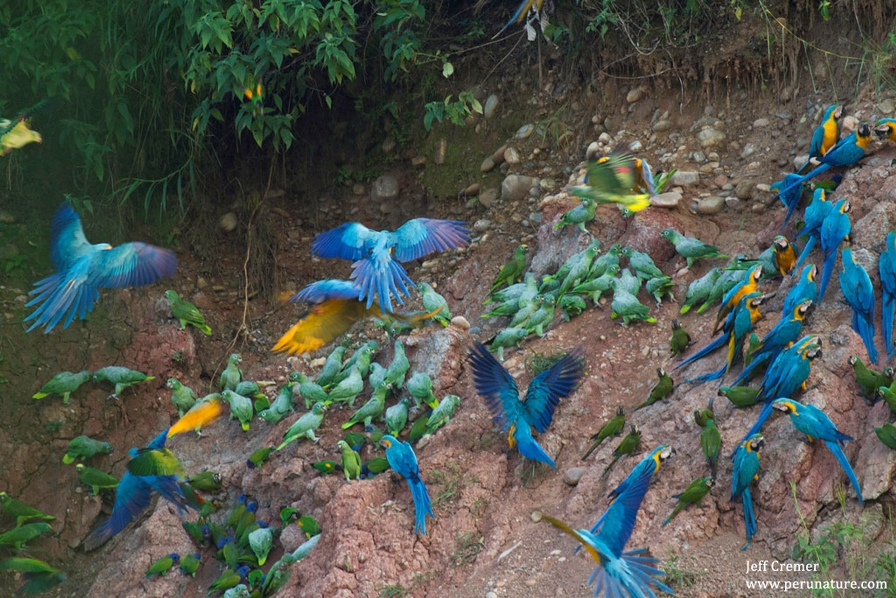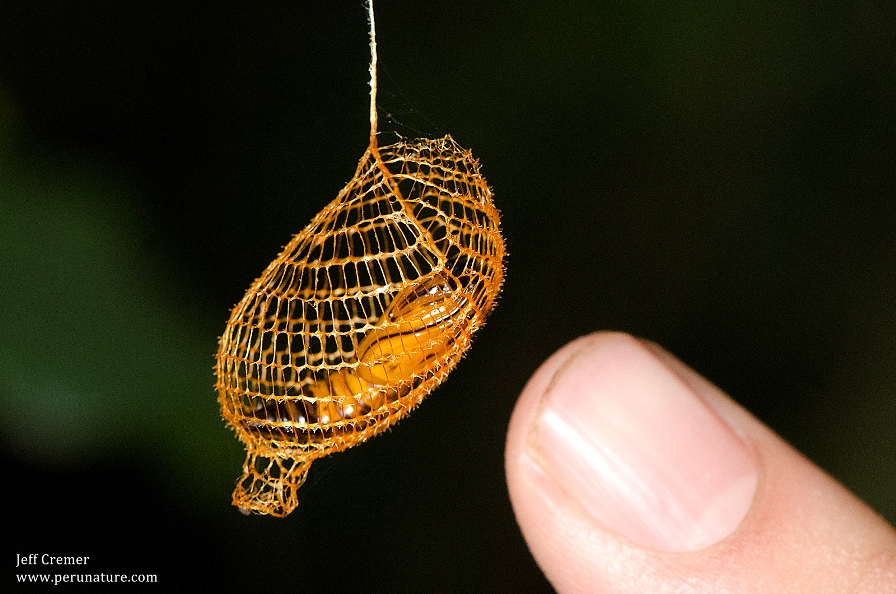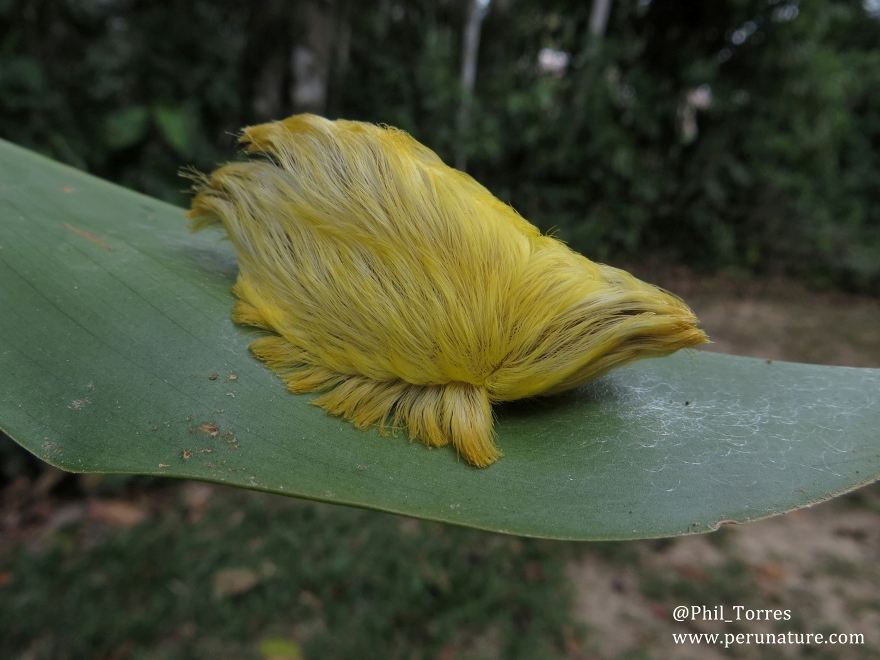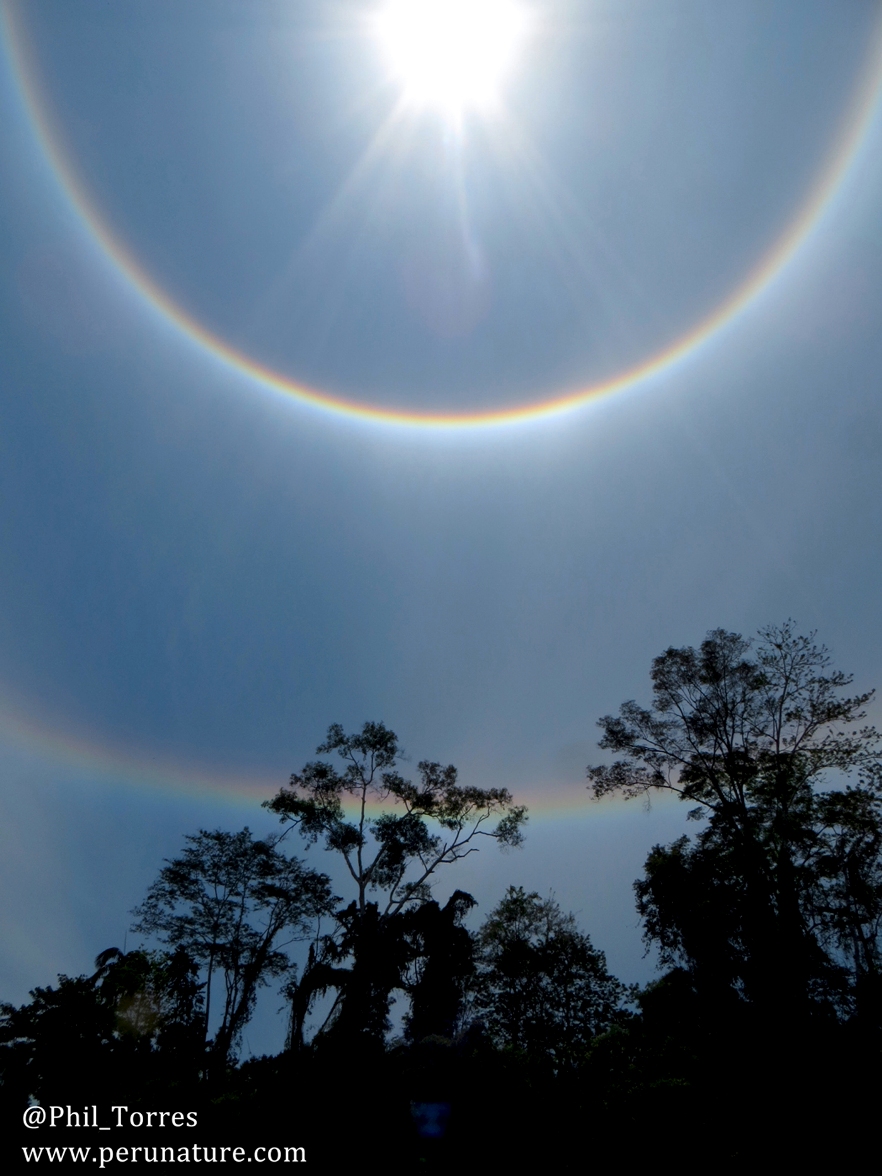5 Strange Sightings in the Peruvian Amazon

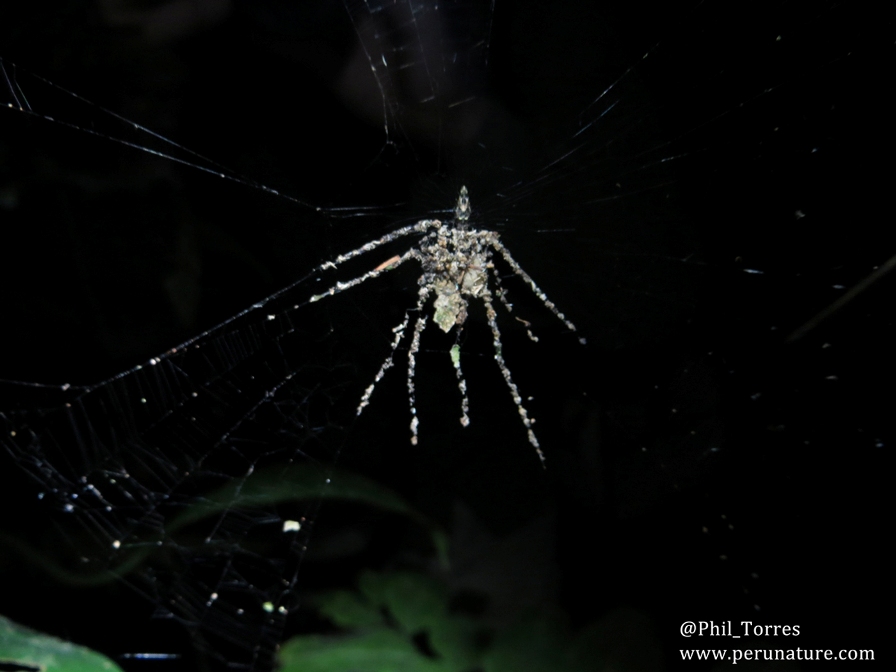
Deep in the Peruvian Amazon lurk strange creatures and unique animals and sights, including spiders that make large spider-shaped decoys in their webs, unusually hairy caterpillars and atmospheric specters called solar halos.
These amazing finds were spotted by Jeff Cremer, marketing director for Rainforest Expeditions, an ecotourism company that hosts guests in the Peruvian Amazon and organizes trips to the jungle, as well as Phil Torres, a collaborating biologist.
Here are five of the stunning sights Cremer and Torres have spotted:
1. Spider-shaped decoys
As if spiders weren't frightening enough (to many, anyway), here's a spider that makes designs in its webs that look like spiders, but are much larger than the web-builders themselves. The animal is almost certainly a new species, said Torres, in a release from Rainforest Expeditions. It's thought that the spider-shaped design is a defense mechanism that is meant to distract or confuse predators, wrote Torres, who originally spotted the spiders.
"Because of the spider's behavior and appearance, I thought that it might be a new species," Torres said in the statement. "After contacting spider experts, we think it is likely in the genusCyclosa, which is known for piling debris in its web for defense against predators but has never been recorded to do it in such a defined pattern as this particular discovery."
2. Macaw clay lick
Get the world’s most fascinating discoveries delivered straight to your inbox.
In the middle of the jungle is an exposed hillside with a special type of sodium-rich clay, upon which nine species of parakeets, parrots and macaws feed, according to Cremer. The trace minerals in the clay cannot be obtained anywhere else in the area or from their usual food sources, so the birds flock there in large numbers to ingest small amounts of clay, he said.
3. Basket cocoon
Inside the delicate mesh of a basketlike web, a young urodid moth larva waits to grow to maturity.
"This cocoon is unlike any other I've come across," writes Torres on the blog TheRevScience. "I couldn't find a lot of literature on these guys, but my best guess is the almost 1-foot-long (30 centimeters) silk string it hangs from and the detailed lattice structure would do well to protect against ants while minimizing investment in an all-encompassing cocoon as many moths have."
4. Bizarre puss caterpillar
This strange-looking chap is a larval form of a flannel moth, also known as a puss caterpillar. But don't be fooled by their soft-looking hair: Many flannel moth species' spiny hairs are poisonous.
The insect also resembles the toupee of a rather famous financier. "We found Donald Trump's wig in the Peruvian Amazon," Cremer joked.
5. Solar Halos
These amazing solar halos were spotted above the Tambopata River, and may be the most spectacular photo of the phenomenon ever photographed, Cremer said. These halos are caused by refraction and reflection of the sun's rays by ice crystals high in the atmosphere, in cirrus clouds.
Email Douglas Main or follow him @Douglas_Main. Follow us @OAPlanet, Facebook or Google+. Original article on LiveScience's OurAmazingPlanet.


